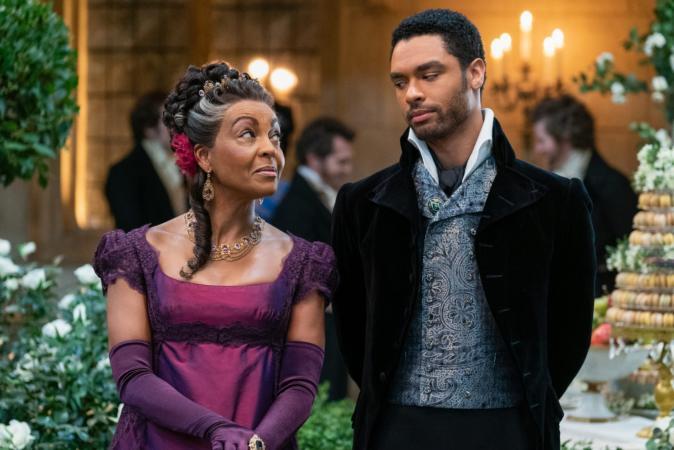Netflix has published an inclusion report from Dr. Stacy L. Smith and the USC Annenberg Inclusion Initiative on the diversity of the streaming giant’s original content. The study was commissioned by Netflix and they are making it public and will extend it for the next 6 years.
Also, they’ve announced Netflix Fund for Creative Equity, a $100 million dollar fund to be distributed globally over 5 years. It is focused on building talent pipelines for underrepresented communities.
As for the study, it details how the streaming giant’s U.S. original content from 2018 and 2019 performed across 22 inclusion indicators. The findings of the study show that Netflix is doing good compared to other studios and Hollywood and general, but they also have a lot of changes to make still to get closer to real inclusion.
“I rarely have anything positive to say, so this report was a bit of a reprieve from my typical rollout of information,” said Dr. Stacy L. Smith, who is founder and director of the Annenberg Inclusion Initiative at the Annenberg School for Communication and Journalism at a Netflix symposium for the study on Thursday, attended by Shadow and Act.
Of the 22 indicators, 19 showed year-to-year improvement. The streamer is tracking ahead of the industry in hiring women of color directors in films and series. There is also gender equality in leading roles. Still, not all racial and ethnic groups have seen an increase in representation, namely with gaps in content representation for Hispanic/Latino, Middle Eastern/North African, American Indian/Alaskan Native, and Native Hawaiian/Pacific Islander communities.
However, the report calls Netflix’s Strong Black Lead “more than a marketing slogan — 21.4% of Netflix films had Blacklead or co-leads while 10.8% of Netflix series featured a Black lead or co-leads.
Here are key findings from the study:
- 52% of TV and film leads/co-leads were women and girls
- 31.9% of TV and film leads/co-leads were from underrepresented racial/ethnic groups
- 23.1% of film directors were women
- 16.9% of film directors were from underrepresented racial/ethnic groups
- 29.8% of show creators were women
- 12.2% of show creators were from underrepresented racial/ethnic groups
Thursday’s symposium panel also featured Bela Bajaria, Netflix’s Vice President, Global Series; Scott Stuber, Netflix’s Vice President, Global Film and two Netflix directors: as Tigertail‘s Alan Yang and Ma Rainey’s Black Bottom‘s George C. Wolfe.
After the study’s publishing, Ted Sarandos wrote in a blog post: “Taken together, we believe these efforts will help accelerate the change that Dr. Smith has so long advocated for – creating a lasting legacy of inclusion in entertainment. We are still in the early stages of a major change in storytelling – where great stories can truly come from anywhere, be created by anyone, whatever their background, and be loved everywhere. And by better understanding how we are doing, we hope to stimulate change not just at Netflix but across our industry more broadly.”

